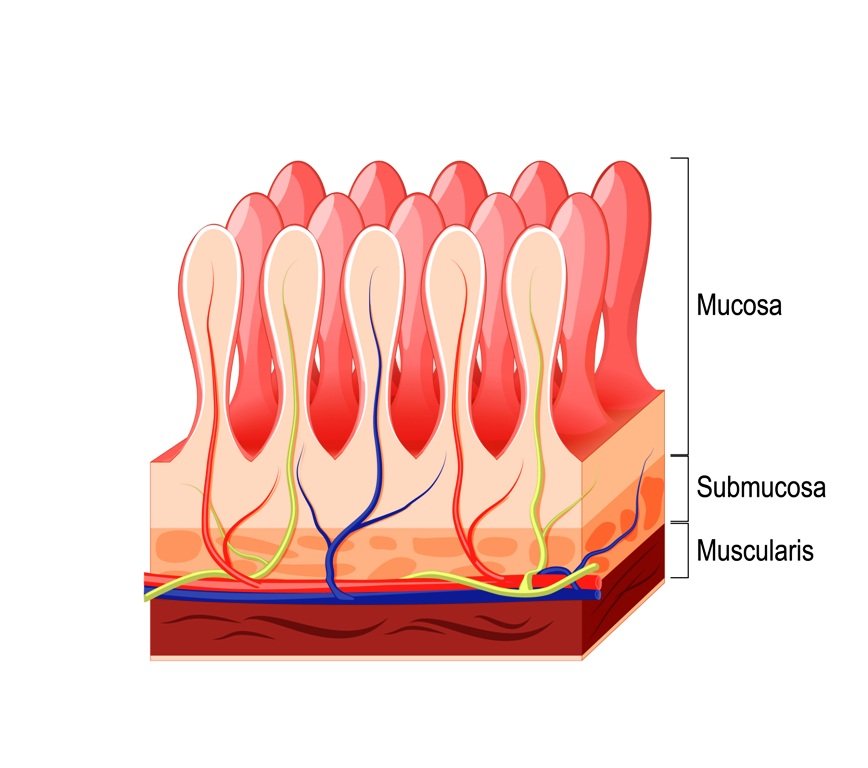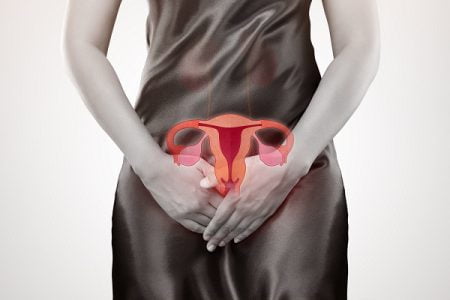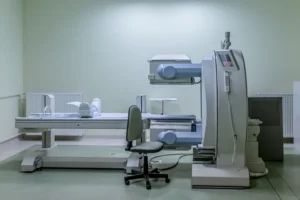Are We Ready to Meet the Challenge of Cervical Cancer in Women?
- Updated on: Sep 26, 2019
- 4 min Read
By
- Published on Sep 26, 2019

With the introduction of the Pap test by George Papanicolaou, the incidence of cervical cancer has fallen and mortality rate has decreased significantly. In addition, effective treatment of precancerous and in situ stages of the disease has also helped manage it more effectively. However, women who are not diagnosed through HPV screening in the early stages are usually affected with advanced state of the disease. Early diagnosing of the disease can help treat the cancer effectively with radical abdominal hysterectomy and pelvic lymphadenectomy or with radiotherapy or with other available options.
Advancements in the techniques of laparoscopy facilitate therapeutic methods including radical vaginal hysterectomy with laparoscopic lymphadenectomy that reduces intra-abdominal scarring. The presence of lymph node metastasis affects the type of therapy. A range of methods are available to assess lymph nodes, including positron emission tomography, a new approach that may result as an important technique to uproot cervical cancer. Radiotherapy alone may not be efficient in women if the cancer is advanced. Chemotherapy may additionally be needed to wipe out complete micro metastases that are not treated by radiations alone.
New therapeutic approaches to combat the impact of cervical cancer
In developing countries particularly, women face many barriers to early detection and treatment of cancer. In many of these countries, cervical cancer is the leading cause of cancer deaths among women. Recent research such as listed and summarized below may bring a new dawn in preventing cervical cancer worldwide in future.
Identifying genomic features of cervical cancer
Researchers associated with The Cancer Genome Atlas (TCGA) Research Network have identified novel genomic and molecular characteristics of cervical cancer that will aid in the sub-categorization of the cancer and may help targeted therapies that are specific and may vary person to person. The new study claims that over 70 percent of the tumors had genomic modifications in cell signaling pathways. Researchers also found that a subset of tumors did not show evidence of human papillomavirus (HPV) infection. The study included authors from the National Cancer Institute and the National Human Genome Research Institute.
Recommended reading:
Experiences about coping with cervical cancer
Can you die from cervical cancer?
Crucial Characteristic of human papillomavirus
Researchers have found an important viral gene that may need to have a precise DNA sequence to cause cervical cancer. The investigators believe that these findings may contribute to enhanced understanding of virus characteristics and may have an effective indication for cervical cancer treatment and prevention which will help improve conditions of women and their mortality rate.
The study investigators analyzed the sequence of a viral oncogene known as E7 which was almost indistinguishable among women with cervical cancer but possess different mutations among those without cancer. Lisa Mirabello, the lead investigator at National Cancer Institute, said: “We knew that E7 was important, but we didn’t realize that its genetic conservation might be critical for HPV16 to cause cancer”.
New Immunotherapy approved for Cervical Cancer
The Food and Drug Administration (FDA) approved the use of immunotherapy drug pembrolizumab (Keytruda). The recent approval covers the use of pembrolizumab for some women with advanced cervical cancer. Pembrolizumab is a type of immunotherapy referred to as immune checkpoint inhibitor. It blocks the binding of PD-1, a protein expressed on cytotoxic T cells, to the PD-L1 protein expressed on various cancerous cells.
Cervical cancer that usually recurs or spread to different body parts gets worse during or after chemotherapy. Pembrolizumab is the first immune checkpoint inhibitor approved to treat cervical cancer.
More: Cervical biopsy: Procedure, Risks, Recovery
More: Recommendations for Cervical Cancer Prevention and Management from ASCO
HPV Test Can Guide Cervical Cancer Screening
A new test can help to improve the healthcare management of women who screen positive for human papillomavirus (HPV) infection in routine HPV cervical cancer screening. The dual stain test, called p16/Ki-67, predicts whether an HPV-positive woman would develop cervical pre-cancer within 5 years. Compared to previous methods of testing, the current HPV testing may become more vital to cervical cancer screening.
Dual stain testing identifies the presence of two specific proteins, p16 and Ki-67 in test samples. Previous researches have revealed that the grouping of these two markers is better at identifying HPV-positive women who have pre-cancers.
Persistent infection with human papillomavirus (HPV) is allied with the progression of cervical cancer. Vaccines against papillomavirus are being evolved and clinically tested and with anticipation in the future, it may be promising to eradicate cervical cancer.
Awareness for cervical cancer
Different studies are being conducted to understand awareness patterns for cervical cancer in women according to their demographics. Effective primary and secondary prevention programs along with effective awareness campaigns is key for meeting the challenges associated with cervical cancer particularly among women in developing countries. Due to the lack of awareness, many challenges stand in the way to develop a solid fool proof health system to address the rising incidence of cervical cancer in developing countries, such as changing demographics, deficiencies of infrastructure and human capacity, and financial constraints to name a few.
In a study that was published in ‘The Pan African Medical Journal’ in 2016, awareness was created among women groups to undergo free cervical cancer screening programme. Consenting women had their socio-demographic characteristics, awareness and uptake of HPV vaccine recorded and screening procedures done with adequate referral for treatment given where necessary.
Most participants were urban. It was concluded in the research that there is a growing need to decentralize cancer of cervix screening through alternative innovative ways and generate awareness for effective outreach through ways such as mobile clinics and establishment of screening centres in the rural areas, and neighbour to neighbour sensitization. These and similar innovative methods can perhaps help us meet the challenges associated with cervical cancer and reduce the prevalence rate along with various potential research solutions and available treatments and diagnostic methods.












